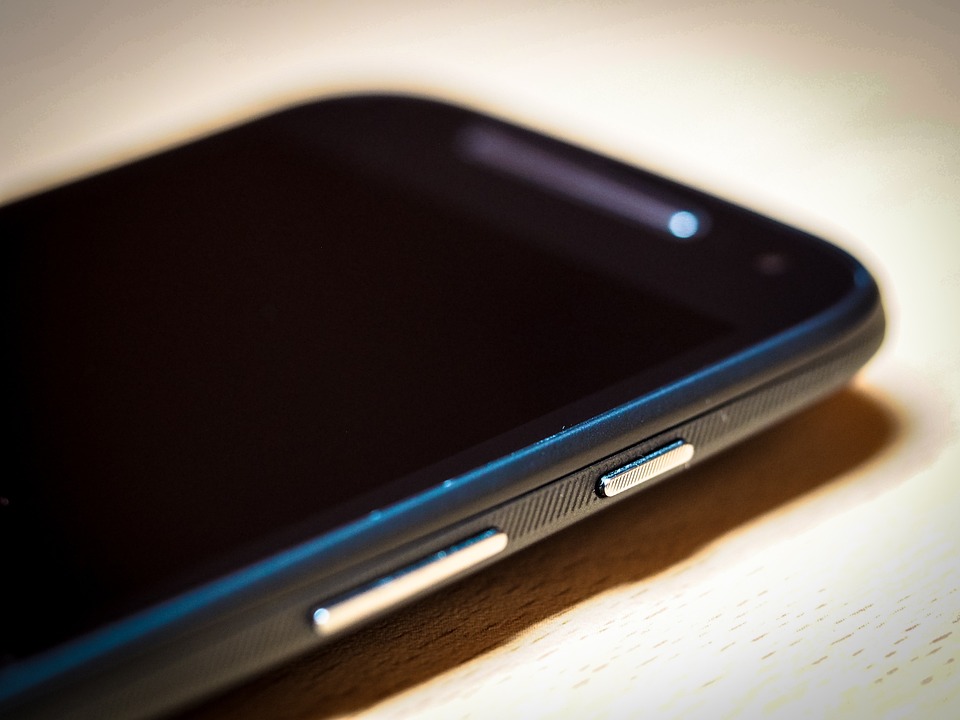The first commercially available mobile phone, the Motorola DynaTAC 8000X, was introduced in 1984. Weighing in at over two pounds and with a price tag of $3,995, the DynaTAC quickly earned the nickname “the brick” due to its large size and shape. Despite its hefty price and limited capabilities, the DynaTAC marked a significant milestone in the development of mobile communications.
In the years that followed, Motorola continued to innovate in the mobile phone industry, introducing popular models such as the MicroTAC, the StarTAC, and the RAZR. These phones featured sleek designs, enhanced functionality, and improved battery life, setting the stage for the company’s transition to smartphones.
The turning point for Motorola came in 2009 with the release of the Motorola Droid, the company’s first smartphone running Google’s Android operating system. The Droid featured a full QWERTY keyboard, a high-resolution display, and access to the Android Market for downloading apps. It was a massive success and helped propel Motorola back into the forefront of the smartphone market.
In 2011, Motorola Mobility was acquired by Google, allowing the company to further leverage Google’s resources and expertise in software development. This led to the release of popular smartphone models such as the Moto X and Moto G, which offered a pure Android experience and impressive features at an affordable price point.
In 2014, Motorola was acquired by Lenovo, a move that further solidified the company’s position in the smartphone market. The Moto Z series, introduced in 2016, featured modular design elements that allowed users to customize their phones with add-on accessories such as speakers, projectors, and extra batteries.
Today, Motorola continues to innovate in the smartphone market with the release of models such as the Moto G and Moto Z series. The company has embraced features such as AI assistants, edge-to-edge displays, and dual-camera setups to stay competitive in a crowded market.
The evolution of Motorola from brick phones to smartphones is a testament to the company’s ability to adapt to changing market trends and innovate in a rapidly evolving industry. With a commitment to quality, performance, and customer satisfaction, Motorola is poised to continue making waves in the world of consumer electronics for years to come.






























Add Comment